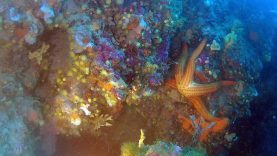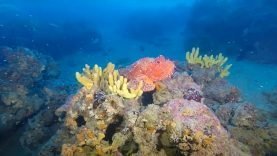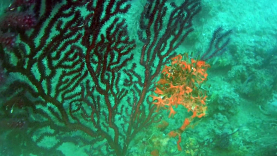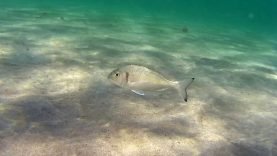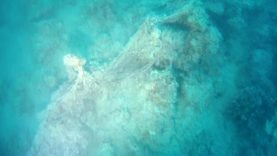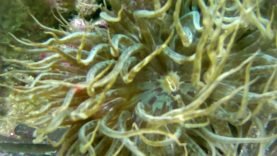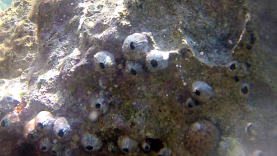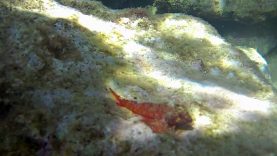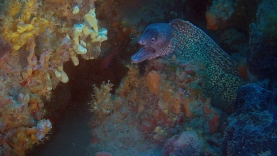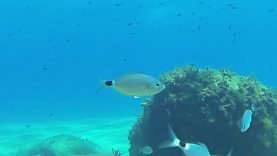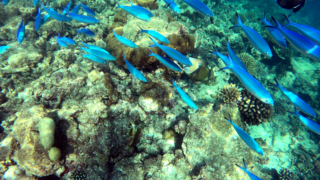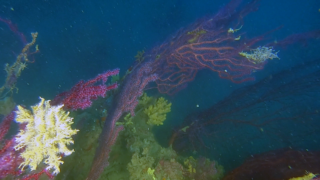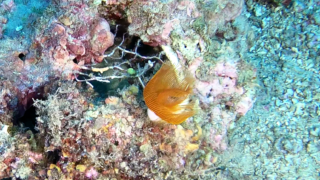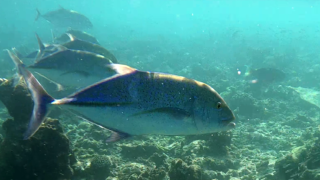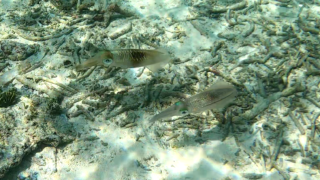Trumpet anemone Aiptasia mutabilis

In this video we filmed Aiptasia mutabilis more commonly known as Brown Anemone. In the Mediterranean Sea it is less widespread than its similar Anemonia sulcata, Anemonia viridis or Actinia sulcata, the common Anemone. The curiosity of this meeting is that we found it completely open, with the “mouth” clearly visible.
These species of anemones in fact remain collected for most of the time between the tentacles, they use to bring to the mouth the food captured with the stinging tentacles. Trumpet anemone Aiptasia mutabilis Anemone bruno intotheblue.it
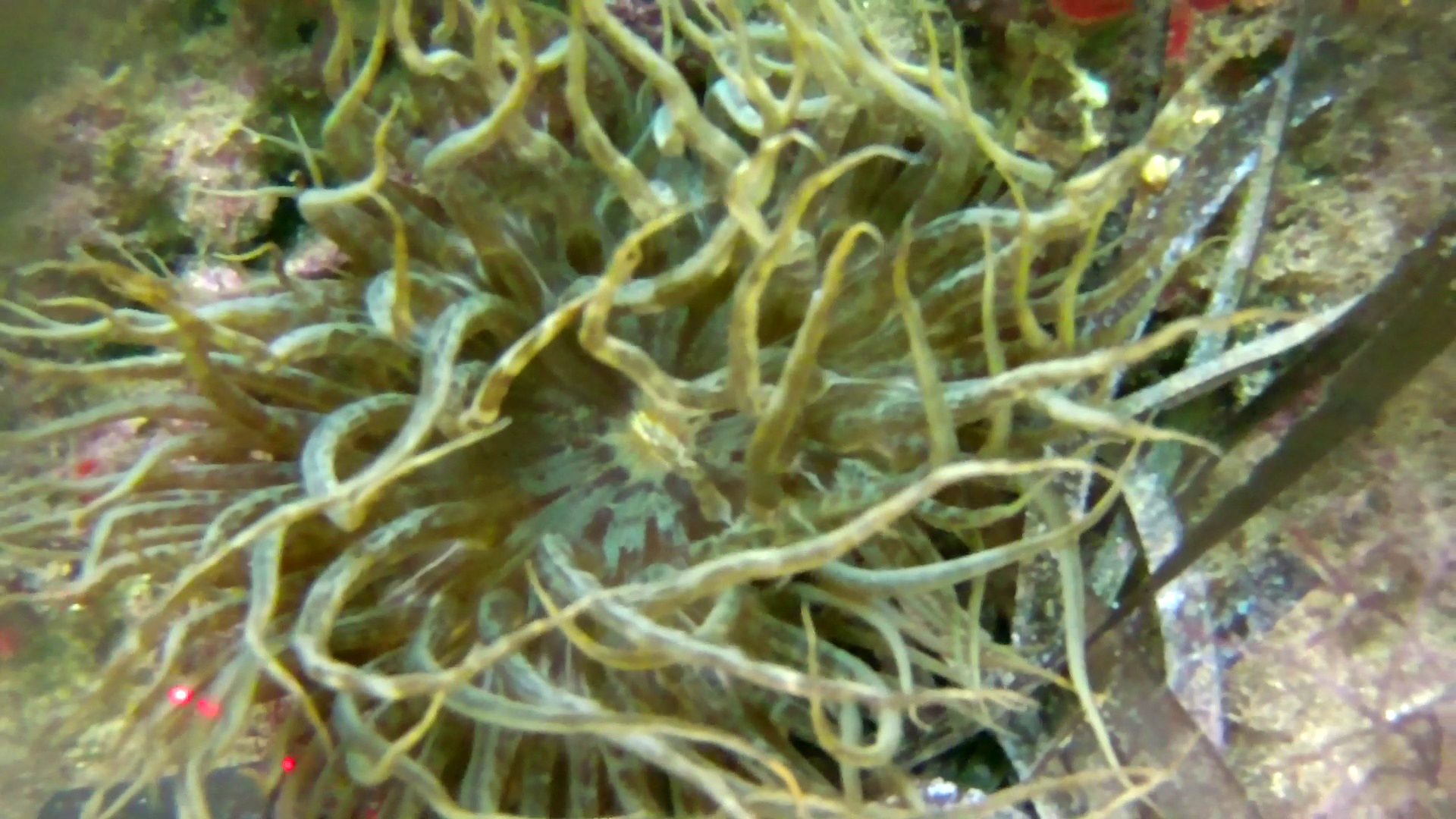

Anatomy and morphology
Aiptasia mutabilis is typically trumpet shaped. It can grow to be 12 cm tall, and the column can have a diameter of 3 cm near the base and 6 cm at the mouth of the organism. The tall column is not segmented, and flares outward to a broad oral disc. The tentacles of A. mutabilis are shorter in length at the base, and they grow to be finer as you travel towards the end. The inner tentacles tend to be longer than the ones found towards the outside, and each organism can have up to 100 tentacles.
A. mutabilis, like other members of the genus Aiptasia, have specialized stinging cells called nematocysts on their tentacles. When the column of the organism is extended, small perforations, called cinclides, can be observed, while the lower half of the column has numerous warts, which act as adhesive spots to help secure the organism to the substrate. Typically, A. mutabilisis a brownish color with areas that are opaque white. The tentacles are usually brown towards the bottom and turn lighter towards the tips. They can also have blue or green colors radiating throughout their body.
https://it.wikipedia.org/wiki/Aiptasia_mutabilis https://en.wikipedia.org/wiki/Aiptasia_mutabilis

